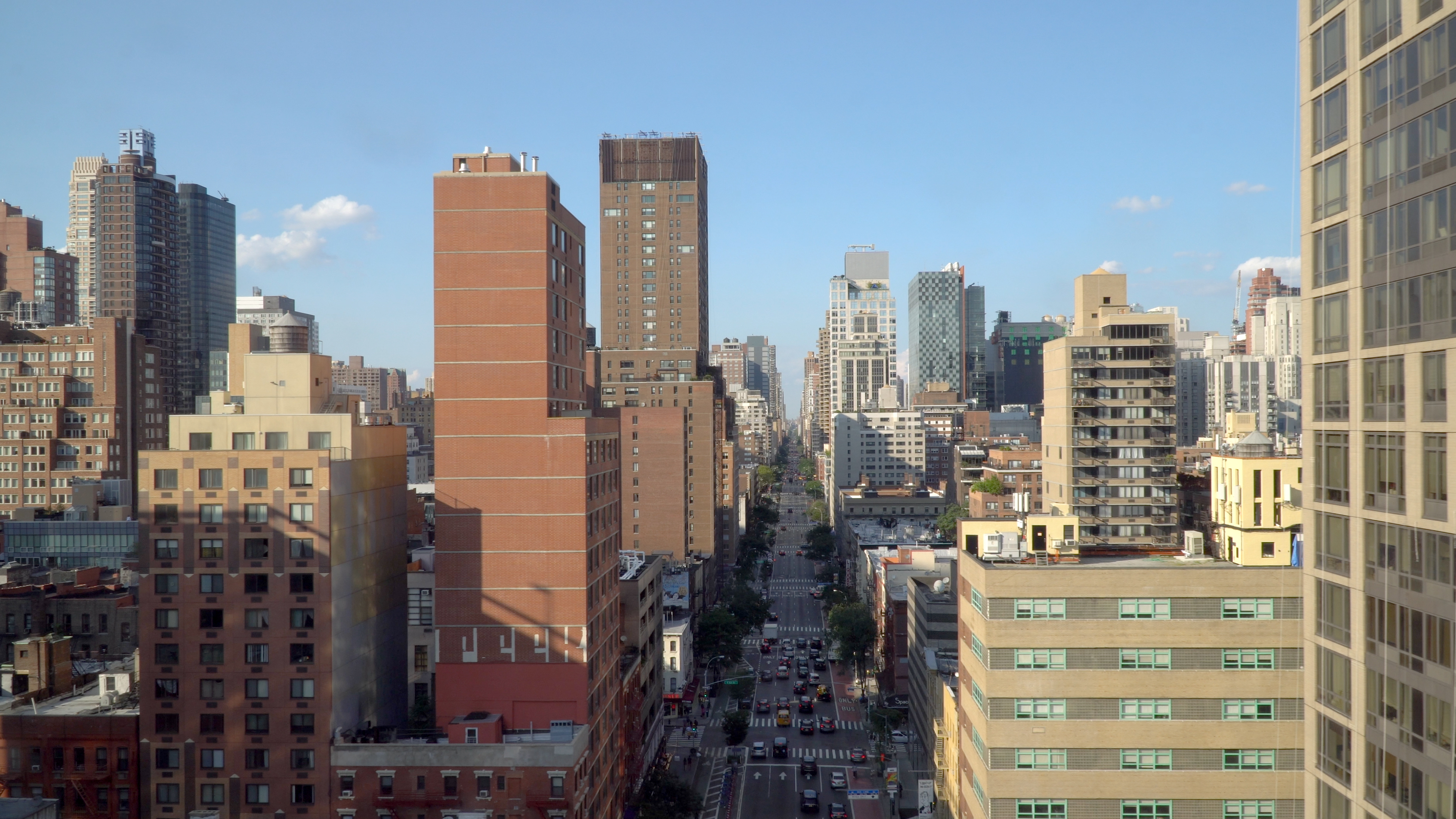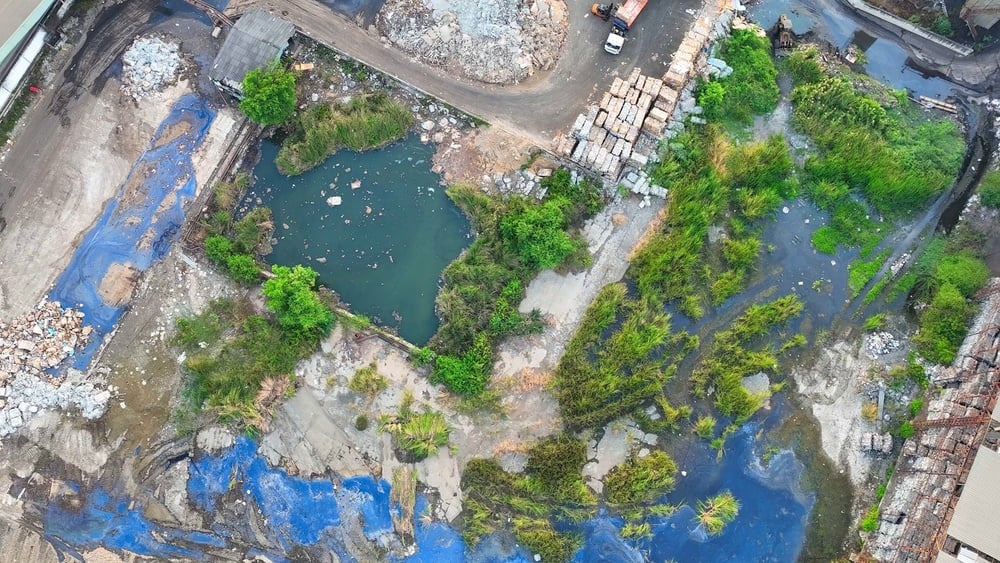You have braved the grocery store and added the phrase ‘social distancing’ to your daily lexicon. Knowing how to apply this to your business can be a challenge. If you are a property manager, now is the time to implement best practices to help make sure you and your tenants are prepared in the event of COVID-19 being identified at your property.
Your ability to adapt amid a pandemic will vary based on the nature of your building and the activities of your tenants. The fluid nature of the global COVID-19 situation adds an additional level of complexity when you start to look for reliable information on property management in the midst of a pandemic.
Here we will discuss options for landlords and property managers looking to play their part in slowing the spread of COVID-19 at their properties, by outlining some procedures and policies you can introduce to help fortify your properties against impacts from the virus. Implementing such practices will have a few added benefits – including demonstrating a sustainable commitment to your tenants and community, and investing in the future value of your property, e.g., applying solid risk management and improving your property’s marketability and reputation.
Below are techniques we’ve seen leading property manager companies use in tackling this challenging problem:
Best Practices for Property Management
- As much as possible, limit the number of people who access your property during this time. Encourage tenants, contractors, and visitors to limit their time in the building – or ideally, stay away altogether – unless their presence is essential. If working from home is not an option for your tenants, consider temporarily and safely altering the layout of your facility, such that individuals can remain 6 feet apart when working, and suggest that tenants refrain from congregating in common areas such as break rooms and conference rooms. Encourage tenants to refrain from sharing items such as computer keyboards and mice. Such items are common vectors for viral transmission and should be frequently disinfected.
- Think through contingency plans as to how you would resolve building emergencies such as a leaky pipe or HVAC emergency, while protecting workers and responders from potentially being exposed to the virus. Communicate frequently with your contractors and determine their work force’s status and availability as the pandemic situation evolves and governmental orders are implemented.
- Coordinate with your janitorial services to provide additional disinfection during routine cleaning activities. Antibacterial wipes and alcohol-based hand sanitizers are recommended when soap and water is not readily available. The Center for Disease Control and Prevention (CDC) currently recommends sanitizing surfaces with a bleach solution of 1/3 cup bleach per gallon of water. Your janitorial suppliers can also be a useful resource for identifying appropriate cleaning and sanitizing materials.
- If your building is vacated due to a governmental order or all tenants implementing a work-from-home policy, have ready answers to such questions as: What method will you use to perform periodic inspections while it is vacant? What changes to your security protocols need to be made? Are there services that need to be accommodated or suspended, such as routine supply deliveries or indoor landscaping arrangements? Determine how best to receive daily mail and packages if the building is vacated.
- If your building is vacated temporarily, consider measures that can save energy (and costs), such as HVAC modifications (e.g., run in ‘weekend mode’), lighting reductions, and reduced waste pickups.
Maintaining Good Relationships with Tenants
- Keep the lines of communication as open as possible with your tenants. Provide regular updates to tenants and property staff regarding any building policies or procedures affected by COVID-19 conditions in the surrounding area. Encourage tenants to notify you if they have employees that test positive for or have symptoms associated with COVID-19, and to keep you informed of operating decisions affected by COVID-19. Note that while landlords are not bound by HIPPA laws, we recommend reviewing local and state laws regarding Landlord & Tennant Privacy Rights when communicating with building occupants. Finally, the lines of open communication should extend to your janitorial team, as they are on the front lines.
- The ability to practice social distancing will vary from industry to industry. If possible, encourage building tenants, occupants, and your staff to work from home if they can. This is particularly important for employees or tenants that have traveled within the last two weeks.
- Promote utilization of proper protocols for sneezing or coughing – we know you’ve heard it before – into the crook of your elbow, covering nose and mouth, and washing your hands immediately after.
A Dynamic Situation
Remember that the global understanding of COVID-19 is evolving. While it is difficult to anticipate the duration of the pandemic, it is important to remember that this situation is not permanent. Employees and tenants may look to you for guidance as we navigate this experience. Remaining organized will help your tenants stay calm. We recommend staying current on the situation by routinely monitoring information and resources shared by the CDC, WHO, and your local health departments, and communicating with your tenants accordingly.
Above all, flexibility is key. Multi-tenant buildings may require a multi-faceted approach depending on need. Patience and empathy will go a long way towards keeping your tenants happy and your facility safe.
And finally, after you’ve covered your immediate issues, there’s always planning for the future. Start developing a list of resources you’ll need to contact in order to get back up and running again.
Good resources to help property managers include:
https://www.cdc.gov/coronavirus/2019-ncov/community/guidance-business-response.html
https://www.osha.gov/SLTC/covid-19/standards.html
https://www.osha.gov/Publications/OSHA3990.pdf
Industry associations may also have COVID-19 advice and recommendations specific to your property type and tenant make-up. Keep these resources front of mind as well.
The COVID-19 pandemic is uncharted territory for all of us. By using good risk management and best practices in protecting your property and tenants, you will be better armed to face the challenges ahead.




